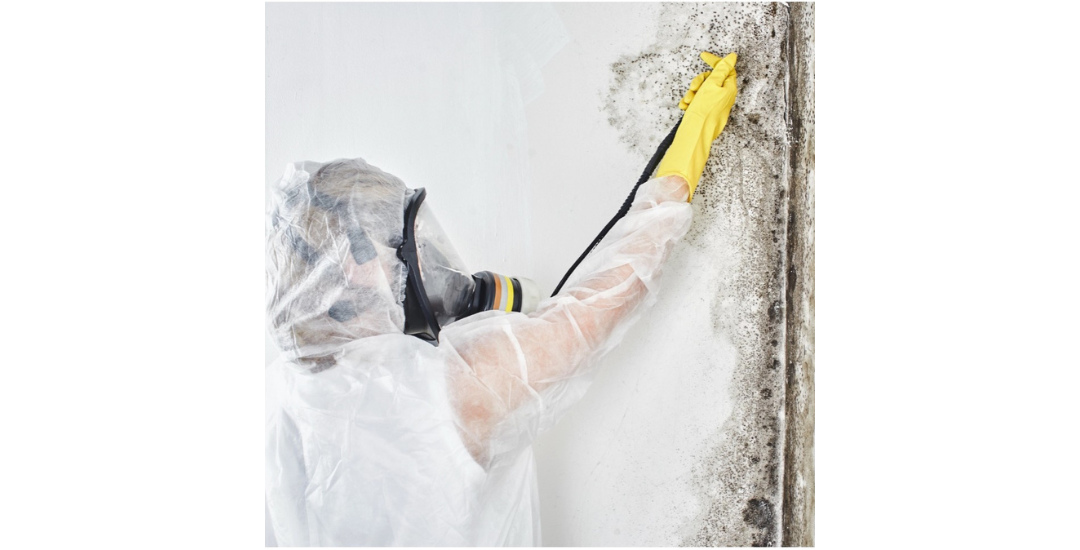Nearly Half of Homes Linked to Serious Health Threats

Mold Exposure: Risks, Health Impacts, and Solutions
Overview
Nearly 47% of U.S. homes are estimated to have some level of mold exposure. Regions most prone to mold exposure and its health effects are areas of high humidity, heavy rainfall, and a history of flooding. The most affected regions of the U.S. include:
- Florida, Louisiana, and Mississippi: High humidity and heavy rainfall.
- Southwestern U.S. (Texas and Arizona): Occasional flooding and poor building maintenance.
- Northeastern U.S.: Heavy rainfall, flooding, and poor ventilation in colder climates.
Health Impacts
According to Dr. Alfred Johnson, an internist and environmental medicine doctor, many individuals may not realize they are suffering from mold exposure. Misdiagnoses such as Lyme disease or Epstein-Barr often obscure the true culprit—mold exposure.
Mold produces mycotoxins—harmful compounds that can affect human health. For example:
- Respiratory Issues: Coughing, wheezing, and shortness of breath caused by molds like Stachybotrys chartarum (black mold).
- Neurological Symptoms: Brain fog, memory loss, fatigue, and depression. Mycotoxins can cross the blood-brain barrier, leading to neuroinflammation and oxidative stress.
- Immune System Effects: Severe infections or conditions such as hypersensitivity pneumonitis in individuals with compromised immune systems.
Studies suggest that mycotoxins impair cognitive function by causing neuroinflammation and oxidative stress.
Testing and Mitigation
Testing for mold is the first step in identifying exposure and determining the type of mold present. Recommended testing options include:
- Real-Time Labs in Dallas: Offers self-test kits to test air filters for mycotoxins and urine for mold toxins.
Mitigation involves:
- Fixing leaks and improving ventilation.
- Using dehumidifiers to maintain humidity levels below 50%.
- Testing indoor walls, as visual inspections alone are insufficient.
Severe infestations may require professional mold remediation services. It is crucial for anyone suffering from mold exposure to avoid direct involvement in the remediation process.

Therapies
The body requires additional nutrients and antioxidants to eliminate mold toxins. One promising therapy is Hyperbaric Oxygen Therapy (HBOT), which involves breathing pure oxygen in a pressurized chamber. Benefits of HBOT include:
- Increased oxygen delivery to tissues and reduced inflammation caused by mycotoxins.
- Enhanced detoxification by improving the body's ability to metabolize and eliminate toxins.
- Improved cognitive symptoms such as attention span and memory.










